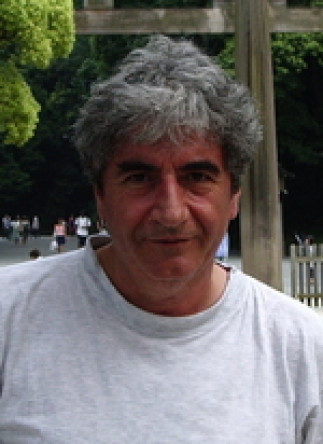Jean-Louis Sauvagol, Laboratoire Charles Coulomb, CNRS et Unviersi†é de Montpellier 2, France
New insights regarding the Raman spectroscopy of carbon-based nanostructures: Individual Nanotubes and Graphene
Few years ago, we demonstrated that combining high-resolution transmission electron spectroscopy (HRTEM), electron diffraction and resonant Raman spectroscopy experiments on the same suspended (free-standing) individual single-walled carbon nanotubes (SWNTs) was the ultimate method to determine unambiguously the intrinsic features of phonons in SWNTs. This method was recently applied on double-walled carbon nanotubes (DWNTs). DWNTs provide a unique model for studying the role of the inter-tube coupling on the phonons and optical properties of these nanostructures. I will report recent results measured in index-identified DWNTs. From these data, the role of the inter-tube distance on the features of phonons in DWNTs is identified.
It is known that the ultimate surface exposure provided by graphene monolayer makes it the ideal sensor platform but also exposes its intrinsic properties to any environmental perturbations. I will demonstrate that the charge carrier density of graphene exfoliated on a SiO2/Si substrate can be finely and reversibly tuned between electron and hole doping with visible photons. This photo-induced doping happens under moderate laser power conditions but is significantly affected by the substrate cleaning method. In particular, it requires hydrophilic substrates and totally vanishes for suspended graphene. These findings also suggest that Raman spectroscopy is not always as non-invasive as generally assumed.
Site web du groupe du Prof. Sauvagol
Cette conférence est présentée par le RQMP Versant Nord du Département de physique de l'Université de Montréal et le Département de génie physique de Polytechnique Montréal.

